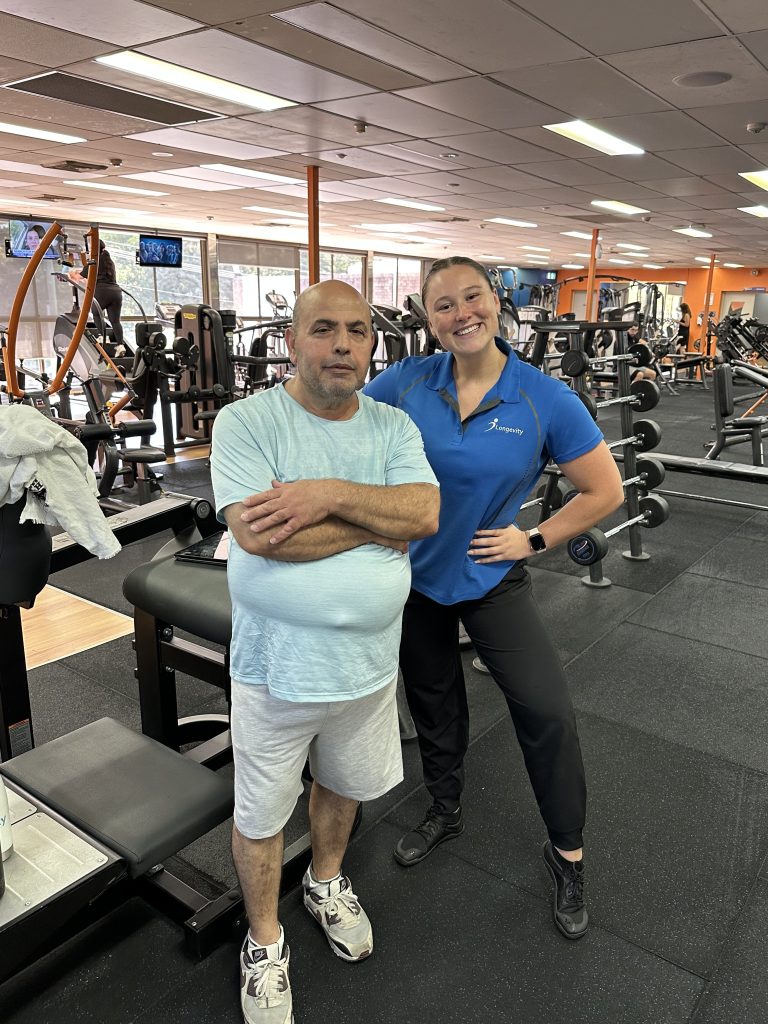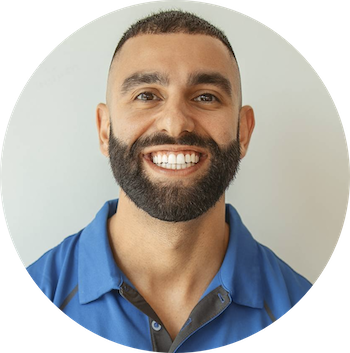From Theory to Practice: What to Know about Exercise Physiology Placements
You’ve smashed your units, memorised the METs, nailed every case study, and probably recited the ACSM guidelines in your sleep. But nothing quite prepares you for that first moment when a real person walks through the door and suddenly, you are in new territory.
If you’re an exercise physiology or exercise science student heading into clinical placements, you’re probably feeling a mix of excitement, nerves and uncertainty.
Placements are where you stop learning about what to do and start learning how to do it. It is a great opportunity to put into practice all you have learned, meet great people and get feedback.

The Goal
You want to make an impact. The hope? You want to help people move better, live longer, and find joy in exercise again.
The fear? That you’ll freeze up. Say the wrong thing. Not know how to connect. That you’ll forget everything in the moment that matters.
You’re not alone.
Every great Exercise Physiologist (EP) started where you are now: uncertain, overwhelmed and eager to grow. The people who stand out are not the ones who have all the answers. They are the ones who learn to listen, adapt, and seek feedback on what they can do better. That’s what we value at Longevity.
What To Know Before Your First Placement
1. It’s Not About Impressing. It’s About Connecting
No one expects you to be perfect. Your clients don’t care if you know every muscle insertion. They care if you remember their name. If you ask how their knee felt after last week. If you listen without interrupting.
Tip: build rapport first. The trust you earn will do more for their outcomes than the optimal program.
2. You Don’t Have to Know Everything: Just Ask
You are not alone. At Longevity, students work directly with their EP mentors. We collaborate, coach and debrief. If you are not sure, simply say ‘I’m not 100% on that, but I’ll check with my supervisor and get back to you.’
Clients appreciate honesty over perfection and supervisors appreciate curiosity over perfection.
3. People Are Complex. Plans Will Change. Be Okay With That.
That perfect rehabilitation program is rarely the only answer. It’s probably going out the window when your client comes in flustered, injured, or having a terrible day.
At Longevity, our gym-based, 60-minute, 1:1 sessions give us the flexibility to pivot in real time. We see the person, hear them out and respond to their presentation.
4. Language Matters
You might say: “You need to increase your VO2 max.”
They hear: “What does that mean?”
Instead try: “Let’s work on getting your heart and lungs stronger so you can walk your dog without getting puffed.”
Language that is simple will always be preferred.
5. Every Client has a Story—Be Their Guide
Placements can feel like pressure to perform. But if you focus on being present instead of being perfect, you’ll start to see what makes EP special.
- You’ll meet the person recovering from breast cancer who wants to feel strong again.
- The person with chronic pain who hasn’t trusted his body in years.
- The teenager who just wants to play sports again.
Learn about their situation and develop the best plan forward.
How Can You Make the Most of Your Placement?
- Take notes.
- Ask questions.
- Reflect every day.
- Learn from mistakes.
- Listen more than you talk.
Ready for Some EP Experience?
At Longevity, we don’t just give you hours on a logbook. We give you mentorship, real-world experience, and the tools to become a confident, compassionate clinician. Our long-term approach, direct client contact, and lifetime booking system means you’ll see the full picture.
Have anymore questions? Email students@longevitypt.com.au
Written by Omar Barbar

